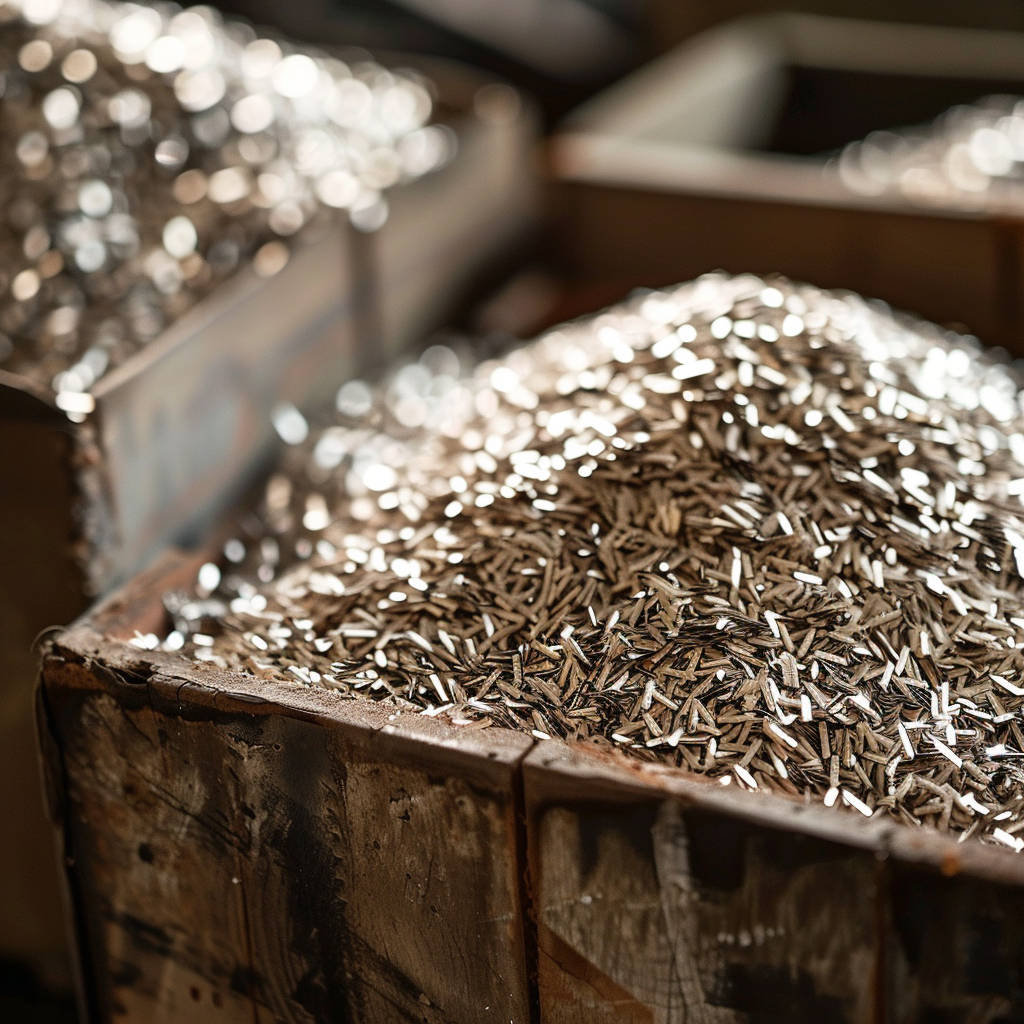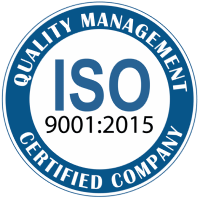1. Introduction
History and Development of Aluminum Grades:
The history of aluminum grades traces back to the late 19th century when aluminum first became commercially viable. Innovations in extraction and processing, such as the Hall-Héroult process, revolutionized the industry. Over the decades, advancements in technology and manufacturing techniques have led to the development of a wide range of aluminum grades, each tailored for specific applications. Key milestones include the introduction of high-strength alloys for aerospace during World War II and the development of corrosion-resistant alloys for marine environments.
Importance of Aluminum in Industries:
Aluminum’s versatility makes it a cornerstone in multiple industries. Its lightweight, durable, and corrosion-resistant properties are indispensable in sectors such as aerospace, automotive, construction, and consumer electronics. The economic impact of aluminum is substantial, driving growth and innovation. From aircraft frames to smartphone bodies, aluminum’s usage trends illustrate its critical role in modern manufacturing and technological advancements.
“Aluminum and Aluminum Alloys” edited by Joseph R. Davis explores the diverse applications and economic significance of aluminum in various industries.
Basic Properties and Characteristics of Aluminum:
Aluminum is renowned for its unique combination of properties: it is lightweight, strong, and highly malleable. Its excellent conductivity and resistance to corrosion make it ideal for electrical applications and environments exposed to harsh conditions. Additionally, aluminum is non-toxic and recyclable, adding to its sustainability. These properties have made aluminum an essential material in industries ranging from aerospace to consumer electronics.
Overview of Aluminum Grading Systems:
Aluminum grading systems classify this versatile metal based on its composition and properties, ensuring consistent quality and performance across applications. International standards such as those set by the Aluminum Association (AA), the International Organization for Standardization (ISO), and national bodies like ASTM provide comprehensive frameworks for classification. These systems use numeric codes to denote specific grades, facilitating clear communication and specification in manufacturing and engineering contexts.
2. Commonly Used Pure and Alloyed Grades
Commercially Pure Aluminum (1000 Series):
Commercially pure aluminum (1000 series) is known for its exceptional corrosion resistance, high thermal and electrical conductivity, and excellent workability. With a minimum of 99% aluminum content, it is used in applications where high purity is crucial, such as in electrical conductors and chemical equipment. However, its low strength limits its use to non-structural applications.
Aluminum-Manganese Alloys (3000 Series):
Aluminum-manganese alloys (3000 series) are known for their excellent corrosion resistance and good formability. With added manganese, these alloys gain increased strength over pure aluminum while maintaining ductility. They are widely used in applications such as beverage cans, roofing sheets, and cooking utensils, where durability and formability are essential.
“Aluminum Alloys: Structure and Properties” by L.F. Mondolfo discusses the composition and practical uses of aluminum-manganese alloys.
Aluminum-Magnesium Alloys (5000 Series):
Aluminum-magnesium alloys (5000 series) are notable for their excellent corrosion resistance, especially in marine environments, and their high strength-to-weight ratio. The addition of magnesium enhances these properties, making these alloys ideal for shipbuilding, pressure vessels, and automotive applications. They are also known for good weldability and moderate strength.
Aluminum-Magnesium-Silicon Alloys (6000 Series):
Aluminum-magnesium-silicon alloys (6000 series) are renowned for their excellent combination of strength, corrosion resistance, and ease of fabrication. The presence of magnesium and silicon forms magnesium silicide, which enhances the alloy’s properties, making it versatile for structural applications. These alloys are commonly used in construction, automotive parts, and pipelines due to their good machinability and formability.
3. High-Strength Alloys
Aluminum-Copper Alloys (2000 Series):
Aluminum-copper alloys (2000 series) are known for their high strength and excellent machinability. The addition of copper significantly increases strength, making these alloys suitable for aerospace applications, such as aircraft structures and components. However, they are less corrosion-resistant compared to other aluminum alloys and often require protective coatings.
Aluminum-Zinc Alloys (7000 Series):
Aluminum-zinc alloys (7000 series) are characterized by their exceptionally high strength and hardness, thanks to the addition of zinc and magnesium. These alloys are predominantly used in the aerospace industry for structural components and in the production of high-performance sports equipment. Despite their strength, they can be susceptible to stress corrosion cracking and often require precise heat treatment to optimize their properties.
“Aluminum-Lithium Alloys: Processing, Properties, and Applications” edited by N. Eswara Prasad, Amol Gokhale, and R.J.H. Wanhill provides comprehensive insights into the development and applications of high-strength aluminum alloys, including the 7000 series.
4. Specialized High-Performance Grades
Aerospace-Grade Aluminum:
Aerospace-grade aluminum alloys are engineered to provide high strength-to-weight ratios and excellent fatigue resistance. These alloys, often from the 2000 and 7000 series, are crucial for the construction of aircraft frames, fuselages, and other critical components. They are meticulously designed to withstand the rigorous demands of aerospace environments, ensuring safety and performance through stringent industry standards and innovative processing techniques.
Marine-Grade Aluminum:
Marine-grade aluminum alloys, primarily from the 5000 and 6000 series, are specially designed to withstand harsh marine environments. These alloys offer exceptional corrosion resistance, making them ideal for boat hulls, decks, and other maritime structures. Their durability, combined with excellent strength-to-weight ratios, ensures reliability and longevity in saltwater conditions, essential for both commercial and recreational marine applications.
5. Comparison of Grades
Comparing Strength and Durability:
Aluminum grades vary significantly in strength and durability, making them suitable for different applications. High-strength alloys, such as the 2000 and 7000 series, offer superior tensile strength and are ideal for aerospace and high-performance sports equipment. In contrast, alloys like the 5000 series provide excellent corrosion resistance and moderate strength, making them perfect for marine applications. Evaluating these properties helps in selecting the right aluminum grade for specific industrial needs.
Evaluating Corrosion Resistance:
Corrosion resistance is a crucial factor in choosing aluminum grades for specific applications. Alloys like the 5000 series, with high magnesium content, offer excellent resistance to corrosion, especially in marine environments. The 6000 series also provides good corrosion resistance due to the presence of silicon and magnesium. Evaluating the corrosion resistance of aluminum alloys ensures their longevity and reliability in harsh conditions, making them suitable for applications in marine, construction, and chemical industries.
“Corrosion of Aluminum and Aluminum Alloys” by J. R. Davis provides an in-depth analysis of the corrosion properties of different aluminum alloys.
Assessing Formability and Machinability:
The formability and machinability of aluminum alloys are key considerations for manufacturing processes. Alloys in the 3000 and 5000 series are known for their excellent formability, making them ideal for applications requiring extensive shaping, such as beverage cans and roofing sheets. The 6000 series offers good machinability, suitable for automotive parts and structural applications. Assessing these properties ensures efficient production and high-quality end products.
“Machining of Aluminum Alloys” by J. Paulo Davim explores the formability and machinability characteristics of various aluminum grades.
Analyzing Cost-Effectiveness:
Cost-effectiveness is a critical factor in selecting aluminum grades for various applications. While high-strength alloys like the 2000 and 7000 series offer exceptional performance, they come at a higher cost, making them suitable for aerospace and high-end applications. Conversely, the 3000 and 5000 series provide a balance of good properties at a more economical price, ideal for automotive and construction uses. Analyzing cost-effectiveness involves weighing the material benefits against the financial investment to ensure value in specific applications.
6. Industry Applications
Automotive Industry Applications:
Aluminum is increasingly used in the automotive industry due to its lightweight and high-strength properties, which enhance fuel efficiency and vehicle performance. Alloys from the 5000 and 6000 series are commonly used for body panels, engine blocks, and wheels. The corrosion resistance and formability of these alloys make them ideal for producing durable and efficient automotive components, supporting the industry’s move towards more sustainable and high-performance vehicles.
Aerospace Industry Applications:
In the aerospace industry, aluminum alloys are essential for their high strength-to-weight ratio and excellent fatigue resistance. The 2000 and 7000 series are commonly used for aircraft structures, including fuselages, wings, and landing gear components. These alloys meet stringent performance standards required for aerospace applications, ensuring safety and efficiency in aircraft design and manufacturing.
Construction Industry Applications:
In the construction industry, aluminum is prized for its durability, corrosion resistance, and lightweight properties. The 6000 series alloys are frequently used in structural applications such as window frames, roofing, and curtain walls. Their excellent formability and strength make them ideal for modern architectural designs, contributing to energy-efficient buildings and sustainable construction practices.
“Aluminum Structures: A Guide to Their Specifications and Design” by J. Randolph Kissell and Robert L. Ferry provides comprehensive insights into the use of aluminum in construction.
Consumer Goods and Electronics Applications:
Aluminum’s lightweight, durability, and aesthetic appeal make it a popular choice for consumer goods and electronics. The 6000 series alloys are widely used in products such as smartphones, laptops, and kitchen utensils. These alloys offer a combination of strength and formability, allowing for sleek and durable designs. Additionally, aluminum’s excellent thermal conductivity is advantageous in electronic devices, aiding in efficient heat dissipation.
“Aluminum and Aluminum Alloys” edited by Joseph R. Davis discusses the applications and benefits of aluminum in consumer goods and electronics.
7. Conclusion
Aluminum’s versatility, lightweight nature, and corrosion resistance make it indispensable across numerous industries, from aerospace to construction. The variety of aluminum grades, from commercially pure to high-strength alloys, caters to specific needs, ensuring optimal performance and durability.
The 1000 series offers high purity and excellent conductivity, while the 5000 and 6000 series provide balanced strength and formability for marine and construction uses. High-strength alloys like the 2000 and 7000 series are critical in aerospace applications due to their superior tensile strength.
Understanding the properties, applications, and cost-effectiveness of each aluminum grade allows for informed material selection, promoting innovation and efficiency in engineering and manufacturing.



